Chewing is a naturally satisfying activity for dogs—which may explain why they find your dining room table legs irresistible. Healthy chewing breaks down plaque and tartar buildup on teeth, decreases boredom, relieves stress, and results in better behavior. Unfortunately, many chew toys are dangerous, and lead to broken teeth, choking, intestinal blockages, and gastrointestinal upset. Where’s the fun in that?
Oliver Animal Hospital wants to help ensure chewing is fun, with these five tips for finding a safe chewable treat for your dog.
#1: Find out where the dog toy is manufactured
Pet products made in China are not held to sufficiently high safety standards. Contaminated jerky treats, lead-laden tennis balls, and contaminated pet foods have led to innumerable sick and deceased pets. Rawhide chews made outside the United States may be made with dangerous chemical treatments and contain formaldehyde and arsenic.
Buy pet products manufactured in the United States whenever possible. Research products that say the ingredients are made in the United States, but with “globally sourced” ingredients, because they may still come from China. If no country of origin is listed, avoiding the product is best.
Some great American pet toy and chew manufacturers include:
Many veterinarian-recommended products are made outside the United States. Contact us to ask about a specific product.
#2: Purchase the right-sized chew based on your dog’s weight and chewing habits
Large dogs can choke on small chews, or suffer an intestinal blockage by swallowing large pieces. Small dogs may struggle with large treats. Check the product guide to determine the right size for your pet’s chew, based on their body weight. Always supervise your pet with a chew toy.
Treat-holding toys, such as the Quizl, can prevent swallowing or choking as your dog finishes the treat, by keeping the end out of reach. We highly recommend treat holders for safe chewing for your dog, and peace of mind for you.
#3: Take the fingernail test—a safe dog toy should let you leave a mark
The ideal dog chew has some give. Pressing your fingernail to the surface should leave a dent. If your dog’s tooth breaks before the chew, the toy is the wrong choice for your dog. Avoid these popular, but dangerously tough, treats:
- Cow and sheep hooves — Hooves splinter, and can lacerate the upper or lower gastrointestinal tract.
- Antlers — Antlers are sharp enough to puncture your pet’s mouth.
- Animal bones — These are possibly the number one cause of dental fractures.
- Himalayan chews — These “long-lasting,” rock-hard chews will last longer than your dog’s teeth.
For safe, impressionable chews, check out:
#4: The kneecap and the hammer rules—if it hurts you, it will hurt your dog
If hitting your kneecap with the chew is painful, or the chew toy can drive a nail through a board, the chew is dangerously hard. Painful dental slab fractures frequently occur when dogs chew on bones, as the force of the dog’s bite meets a solid surface, and a slab of tooth cracks and shears off.
Never feed your dog raw or cooked animal bones, such as femurs and knuckles. In addition to dental damage, bones can splinter or shatter, and cause oral or internal lacerations. Marrow bones and soup bones are the perfect size for large dogs to choke on or swallow, leading to intestinal blockage and emergency surgery.
#5: Stress test—a safe dog toy should flex or break
A good dog chew should be pliable and yield slightly under your dog’s jaw pressure. If you cannot break or bend the chew over your knee, your dog will likely fracture their teeth.
Although many owners appreciate long-lasting Nylabones, they do not yield much under pressure, and can break into dangerously sized chunks. For a safe, long-lasting treat and a satisfying chew, fill and freeze a Kong with your dog’s food soaked in low-sodium broth, or make a doggie smoothie of yogurt and non-toxic fruit.
Rules of engagement to ensure your dog’s chewing session is safe

A few universal guidelines can keep your furry pal satisfied and safe:
- Avoid competition — Separate pets to prevent fighting over the chew toy.
- Supervise your pet — Never leave your dog unattended with their chew toy. Remove the toy if you see excessive drooling, bloody drool, or coughing.
- Set a time limit — Allow your dog to chew for no more than 10 to 15 minutes at a time.
- Propose a trade — Offer your dog a tasty treat in exchange for their chew. Toss the new treat to encourage them to drop the chew. Reaching directly for a chew may cause a dog to bite or gulp their treat.
- Check the chew — Assess the chew for excessive wear, missing pieces, or blood. Throw away small chews.
- Practice good hygiene — Dog chews can harbor salmonella and E coli, so always wash your hands after handling your pet’s toy.
While a chew toy that is perfect for all dogs does not exist, and no chew is 100 percent safe, you can make smart, safe decisions for your dog by closely checking the products available. For more recommendations, the Veterinary Oral Health Council (VOHC) maintains a list of dental chews and treats proven to remove plaque and tartar. For additional information, or if you have questions about a specific product, contact Oliver Animal Hospital.


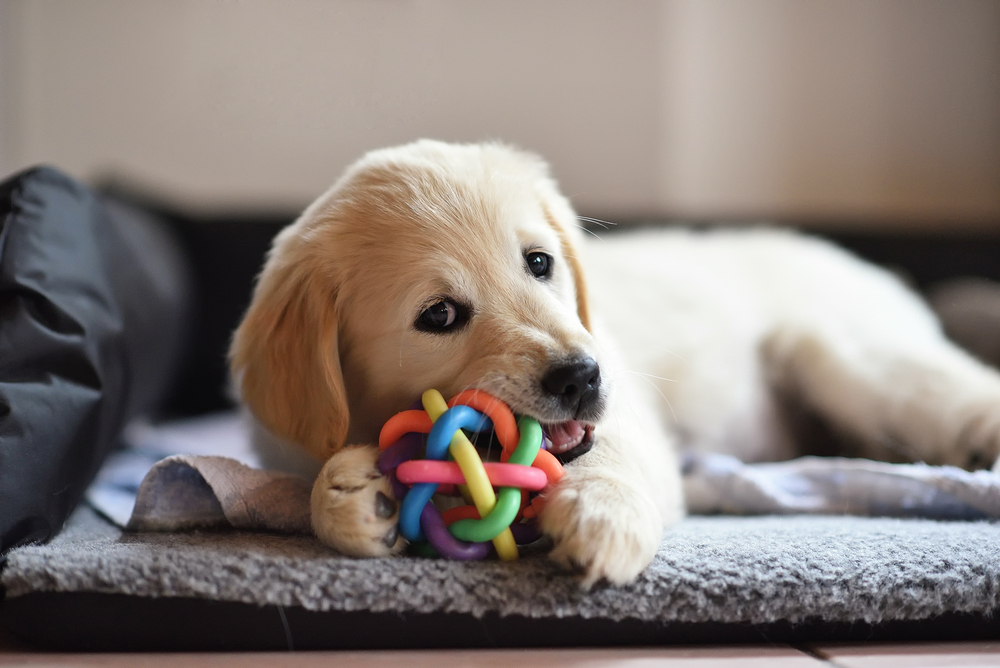
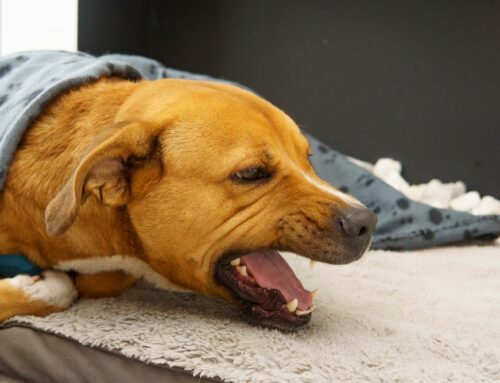
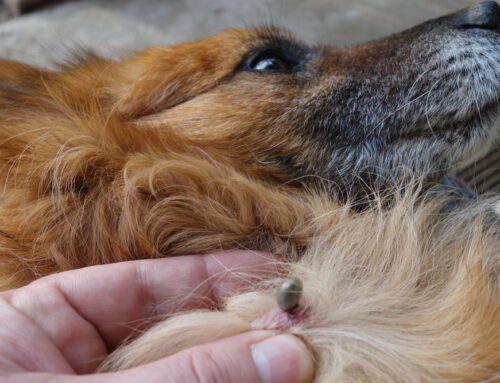
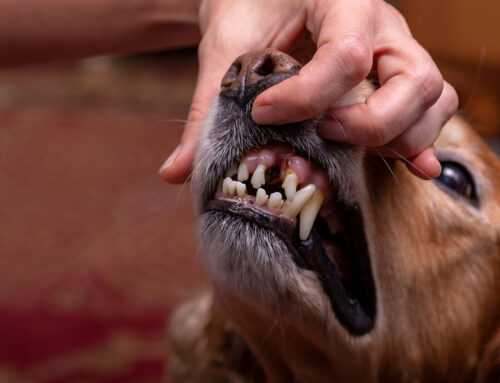
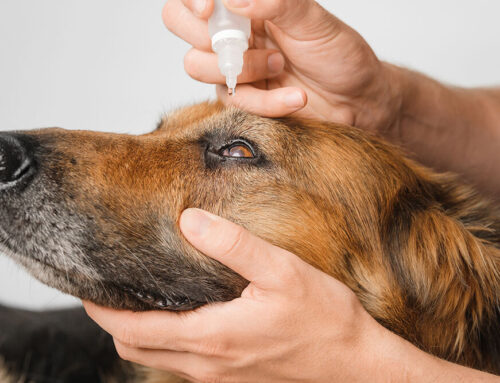
Leave A Comment